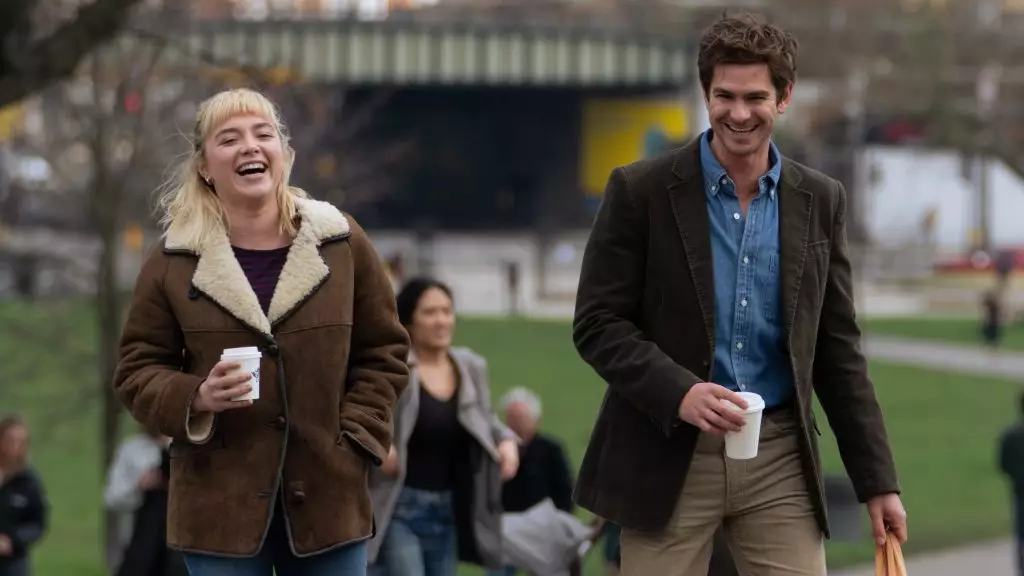In the indie film landscape, the blending of comedy and drama can create unique storytelling opportunities that resonate with audiences. Andrew Garfield’s latest venture, “We Live in Time,” embodies this experimental spirit, taking bold risks to explore love, life, and chaos. A notable scene in this nonlinear romantic dramedy embodies the film’s essence — a chaotic birth sequence set against the unexpected backdrop of a gas station bathroom. Here, Garfield discusses how this artful chaos reflects real life and the delicate balance between humor and pathos.
Behind the Scenes: Crafting a Memorable Moment
During his recent interview with The New York Times, Garfield dove into the “Indiana Jones”-esque feel of filming the birth scene. The birth unfolds in a cramped setting, featuring a newborn, unexpected distractions, and requirements of physical comedy. “It’s the big action event,” he remarks, capturing the urgency and the lively unpredictability that ensues. With the gravity of the situation intensifying, the scene encapsulates not only the hilarity but also the sheer unpredictability of life’s most momentous experiences.
Director John Crowley ingeniously reconstructed the scene in a soundstage to replicate the bustling atmosphere of a gas station restroom, emphasizing the blend of mundanity and extraordinary life events. The film’s writer, Nick Payne, drew inspiration from his personal experiences, enhancing the authenticity of the narrative and providing a genuine lens into the chaos of childbirth.
The Role of Humor in Birth
A surprisingly poignant aspect of this moment was the inclusion of a real but weeks-old baby, creating a contrast between the rawness of birth and the lightheartedness of filmmaking. The inevitably messy ordeal—complete with Garfield’s candid remarks about the newborn’s “natural bodily functions”—turns what could be a distressing experience into a celebration of life itself. In Garfield’s words, these moments are a “privilege,” reflecting a deeper appreciation for the beauty in the absurdities that life offers.
Garfield acknowledges the intricacies of portraying intimacy through a haze of chaos, emphasizing the importance of emotional connectivity during the act of creation. Despite the frantic nature of the scene, he sought to engage deeply with Florence Pugh, his co-star, forging a connection that transcended mere physicality. “I was mostly acting with Florence’s bum,” he quips, pointing to the humorous undertones that permeate the film, able to balance moments of tension and a light-heartedness that keeps audiences engaged.
Ultimately, “We Live in Time” doesn’t just offer a depiction of love stories interwoven with calamity; it challenges audiences to rethink their perceptions of traditionally serious themes. Garfield’s insightful commentary on the birth scene reveals the heart of the film—embracing the beauty found in life’s chaos. The narrative encourages viewers to appreciate life’s fleeting moments and nuances, revealing that even in the midst of fear and urgency, there lies humor, connection, and an undeniable celebration of existence itself.
